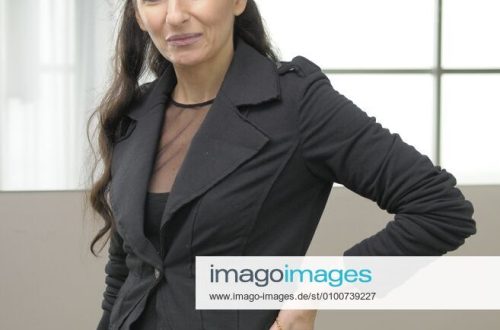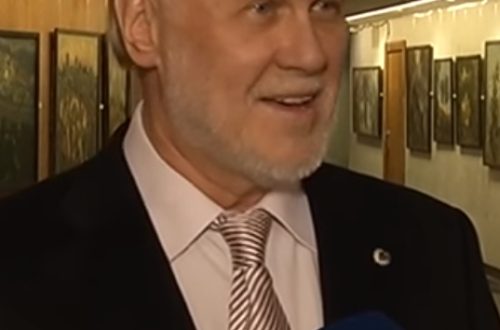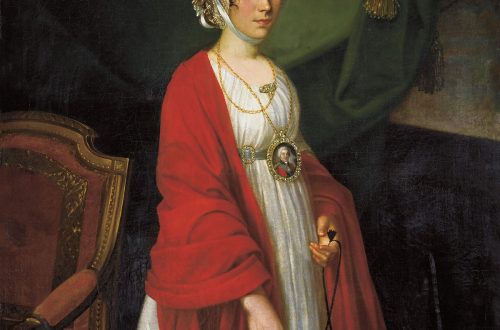
Nikolay Ozerov (Nikolai Ozerov) |
Nikolai Ozerov
People’s Artist of the RSFSR (1937). Genus. in the family of a priest. From the age of eight he studied music. literacy at hand. father. Studied in Ryazan. spiritual school, from the age of 14 – in the seminary, where he sang in the choir and played the violin in the seminary, and later in the local amateur orchestra (he took violin lessons from Navatny). In 1905-07 he studied at the medical, then legal. f-tah Kazan. un-ta and at the same time studied singing at the local Muz. uch. In Jan. In 1907 he was invited by Yu. Zakrzhevsky to his opera circle for the second parts. In the same year he transferred to Moscow. un-t (legal faculty), at the same time took singing lessons from A. Uspensky (until 1910), then from G. Alchevsky, and also attended opera and music. RMS classes (1909-13). After graduating from the university in 1910, he combined his service in the judicial chamber with classes at courses, and performed in concerts. In 1907-11 he worked as a violinist in the Symphony. and theater. orchestras. In 1912 he gave his first solo concert in the Small Hall of Moscow. cons. In the same year he made his debut as Herman (The Queen of Spades) and Sinodal in a traveling opera troupe. In 1914-17 he lived in Vladimir, where he served as a judge. In 1917, he performed at the mosk founded by director P. Olenin. opera house “Altar” (“Small Opera”), where he made his debut as Rudolph (“La Boheme”). In 1918 he sang in the Mosk. Council of Workers’ Deputies (formerly S. Zimin’s Opera), in 1919 – in t-re. Artistic-illumination. Union of Workers’ Organizations (HPSRO). During this period, he prepared the parts of Almaviva (The Barber of Seville by G. Rossini), Canio, Hoffmann under the arm. director F. F. Komissarzhevsky and vocal teacher V. Bernardi. In 1919-46 soloist of the Moscow. Bolshoy T-ra (he made his debut in the parts of Almaviva and German, in the latter he replaced the ill A. Bonachich) and at the same time (until 1924) performed in the performances of “Music. Studio “at the Moscow Art Theater (in particular, the part of Ange Pitou in the operetta “Madame Ango’s Daughter” by C. Lecoq), where he worked under the arm. B. Nemirovich-Danchenko. He had a flexible, strong, well-crafted voice of a “velvety” timbre, high music. culture, scenes. talent. Overcame technical difficulties with ease. The singer’s repertoire included 39 parts (including lyric and drama). Creating the image, he followed the composer’s intention, did not leave the author’s drawing of the role.
1st Spanish parties: Gritsko (Sorochinsky Fair by M. Mussorgsky, editor and instrumentation by Yu. Sakhnovsky); in the Big T-re – Walter Stolzing (“Meistersingers of Nuremberg”), Cavaradossi (“Tosca”). Best roles: Herman (Queen of Spades, continued the traditions of I. Alchevsky in Spanish of this part; performed over 450 times), Sadko, Grishka Kuterma, Pretender, Golitsyn (Khovanshchina), Faust (Faust), Othello (“Otello” by G. Verdi), Duke (“Rigoletto”), Radamès, Raul, Samson, Canio, Jose (“Carmen”), Rudolf (“La Boheme”), Walter Stolzing. Dr. parts: Finn, Don Juan (The Stone Guest), Levko (May Night), Vakula (The Night Before Christmas), Lykov, Andrei (Mazeppa by P. Tchaikovsky); Harlequin; Werther, Pinkerton, Cavalier de Grieux (“Manon”), Lohengrin, Sigmund. Partners: A. Bogdanovich, M. Maksakova, S. Migai, A. Mineev, A. Nezhdanova, N. Obukhova, F. Petrova, V. Politkovsky, V. Petrov, P. Tikhonov, F. Chaliapin. Highly appreciating the talent of art., Chaliapin invited him in 1920 to participate in the “Barber of Seville” by G. Rossini (“Mirror Theater” of the Hermitage Garden). He sang under N. Golovanov, S. Koussevitzky, A. Melik-Pashaev, V. Nebolsin, A. Pazovsky, V. Suk, L. Steinberg.
Often performed with solo programs in the Great Hall of the Moscow. cons., in symp. concerts (oratorios, W. A. Mozart’s Requiem, G. Verdi’s Requiem; in 1928, O. Frid – L. Beethoven’s 9th symphony). The singer’s chamber repertoire included productions. K. V. Gluck, G. F. Handel, F. Schubert, R. Schumann, M. Glinka, A. Borodin, N. Rimsky-Korsakov, P. Tchaikovsky, S. Rachmaninov, S. Vasilenko, Yu. Shaporin, A. Davidenko. He toured with concerts in Leningrad, Kazan, Tambov, Tula, Orel, Kharkov, Tbilisi, and Latvia (1929). During the Great Patriotic War was before. military chief. Commission of the Big T-ra, spoke to the soldiers of the Red Army.
From 1931 he led the ped. activity in the Big T-re (since 1935 he headed the Opera Studio, among his students – S. Lemeshev). In 1947-53 he taught at Moscow. cons. (professor since 1948, 1948-49 dean of the national studios cons., 1949-52 dean of the vocal faculty, 1950-52 acting head of the department of solo singing). Among his students are Vl. Popov.
In 1939 he was a member of the jury of the 1st All-Union. vocal competition in Moscow. Led an active muz.-gen. work – a member of the art. council of the Big T-ra, the qualification commission, the commission for awards at the Central Committee of trade unions. Since 1940 deputy. prev. expert commission (since 1946 chairman of the musical arts at the Ministry of Higher Education of the USSR, since 1944 he was chairman of the vocal commission of the WTO and director of the Actor’s House.
Recorded on phonograph records.
He was awarded the Order of the Red Banner of Labor (1937).
A filmstrip “The Ozerov Dynasty” was created (1977, author L. Vilvovskaya).
Cit.: Feeling of artistic truth // Theatre. 1938. No. 12. S. 143-144; Teachers and students // Ogonyok. 1951. No. 22. S. 5-6; The Great Russian Singer: To the 80th Anniversary of L. V. Sobinov // Vech. Moscow. 1952. No. 133. P. 3; The Lessons of Chaliapin // Fedor Ivanovich Chaliapin: Articles. Statements. Memories of F. I. Chaliapin. – M., 1980. T. 2. S. 460-462; Operas and singers. – M., 1964; Intro. article to the book: Nazarenko I.K. The Art of Singing: Essays and Materials on the History, Theory and Practice of Artistic Singing. Reader. – M., 1968; manuscripts – In memory of L. V. Sobinov; About the book “Scientific foundations of voice production”; On the work of K. S. Stanislavsky and Vl. I. Nemerovich-Danchenko in the musical theater. – in TsGALI, f. 2579, op. 1, unit ridge 941; articles on methodology and vocal pedagogy – in the RO TsNB STD.
Lit .: Ermans V. The Way of the Singer / / Sov. art. 1940. July 4; Shevtsov V. The way of the Russian singer // Vech. Moscow. 1947. April 19; Pirogov A. Multifaceted artist, public figure // Sov. artist. 1947. No. 12; Sletov V.N.N. Ozerov. — M.; L., 1951; Denisov V. Twice Honored // Mosk. truth. 1964. 28 Apr.; He performed with Chaliapin // Vech. Moscow. 1967. 18 Apr; Tyurina M. Dynasty of the Ozerovs // Sov. culture. 1977. No. 33; Shpiller H. Nikolai Nikolaevich Ozerov // Sov. artist. 1977. 15 Apr.; Ryabova I. N. Ozerov // Yearbook of Memorable Musical Dates. 1987. – M., 1986. S. 41-42.





